December Birthstone – Turquoise – The great Clarity Stone
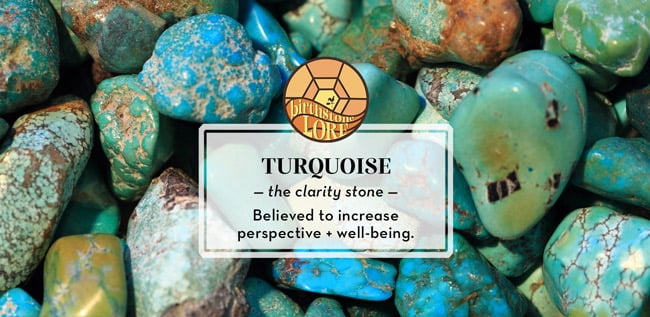
The December birthstone, turquoise, has long been seen as a talisman for luck and protection. From burial rituals in ancient times to the deep history of turquoise in Native American cultures, there is much to discover about this gemstone. Learn more about its fascinating facts and folklore. Read on!
Turquoise Facts
Where is it found?
Turquoise is found all around the world, including the United States, Mexico, Middle East, and China. The most valuable and sought-after turquoise comes from the American Southwest and Iran. A variety called “Golden Hills,” mined in Kazakhstan, is thought to be the purest in the world.
How is it formed?
It is composed of copper, aluminum, and phosphate. It is formed when water containing copper and aluminum run through phosphate-rich sediment. The copper creates the blue coloring. When you see turquoise that has more of a greenish hue, that means it contains iron as well. Zinc will cause turquoise to have more of a yellowish hue.
Ancient History
Turquoise has been used for centuries in ceremonies around the world. One of its oldest uses dates to 7,000 BC. It was discovered in burial sites in western Iran.
The Chinese carved turquoise 3,000 years ago. Turquoise was also found in ancient Egyptian tombs dating as far back as 3,000 BC. It was used in pharaoh burial masks, most notably King Tutankhamun’s. Native Americans also used turquoise in their burial sites and ceremonies.
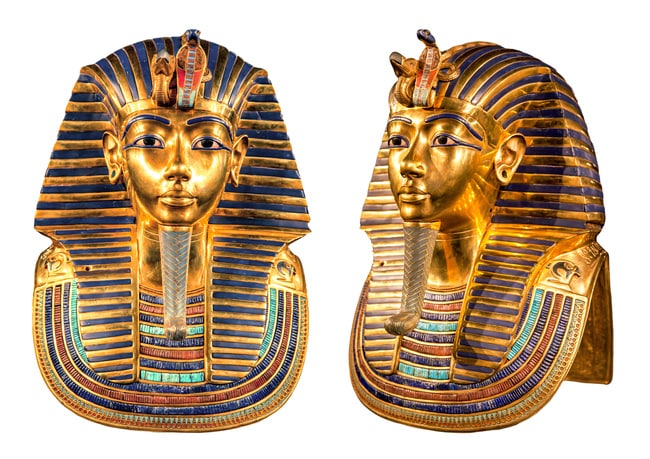
Folklore
Increased Accuracy In Battle
Burial ceremonies were not the only use for this stone in ancient Egypt. It was believed to improve a warrior’s accuracy, so it was often attached to swords. Native Americans held a similar belief and placed these stones on bows and firearms.
A Symbol Of Sky And Rain
Turquoise symbolized the god of the sky for many Native American tribes. Some tribes thought that turquoise was formed from the tears of the creator. For this reason, the Navajo would make sand mandalas (intricate circular designs) out of ground turquoise and coral to pray for rain.
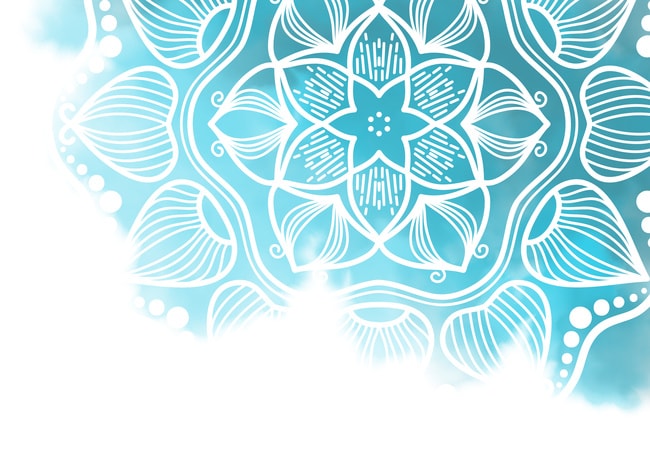
The Apache believed a turquoise stone could be found at the end of a rainbow. They considered turquoise to be a talisman (a magical good luck charm) and thought a shaman (medicine man or woman) must possess this stone in order to be authentic and effective against evil spirits.
Protection
In Tibet, turquoise is the national gem and is believed to be spiritual and connected with the sky and the Earth. This stone is thought to bring health, good fortune, and protection. The Tibetan people give turquoise to their children to protect them from falling.
More Metaphysical Beliefs
- Aztecs valued turquoise more than the Spaniards valued gold and emerald. They would offer this stone at the temple of Matlalcueye, Goddess of Fertility and Protection. Fragments of turquoise were placed in the mouths of distinguished chiefs as a part of their funerary customs. In life, the chiefs would wear turquoise bracelets.
- Turquoise has been linked to friendship and happiness.
- It is believed that this stone may be programmed for specific intentions.
- When worn near the heart, this stone is believed to bring positive and happy energy.
- Placing turquoise on a horse’s bridle is believed to protect the animal from falling and other danger.
- Turqoise is believed to change color to warn of illness or infidelity.
- The stone may crack or break to warn the owner of danger.
Famous Turquoise Stones
The Largest In The World
In the Shandong Tianyu Museum of Natural History in China, the largest turquoise ever found is housed. This stone weighs almost 500 pounds and measures more than three feet long, three feet high, and ten inches wide.
The Largest In The United States
The largest known American turquoise nugget was found in 1982. This nugget weighs 245 pounds and was discovered in Polk County, Arkansas at the Mona Lisa Mine.
The George Washington Stone
Albuquerque’s Turquoise Museum is home to the George Washington Stone. This 9 x 11-inch carving holds 6,888 carats. It was originally carved and polished for a cedar chest. Once it was finished, it was instead displayed for the public to admire as it resembled the first president. See the George Washington Stone here.
Additional Information
Name Origins
Turquoise is the birthstone for December. Its name is derived from the French expression “Pierre Tourques,” which translates to “Turkish stone.” This is most likely due to turquoise being brought to Europe from Turkish sources.
Beware of fakes!
Turquoise is becoming scarcer due to three main factors. The cost of mining this gem is very high and there are many governmental restrictions related to it. Many mines have run dry and are now closed. For these reasons, some turquoise being sold today is fake. The most common way to create fake turquoise is to dye howlite (a white stone with webbing that resembles turquoise).
Learn more about ancient turquoise variations and their scarcity in the follow video:
Handle with care
Turquoise rates 5-6 on the Mohs scale of hardness. It is not affected by light like some stones are, but it is best to keep your stone away from heat as it can cause breakage or discoloration.
It is also sensitive to oils, acids, and even perspiration. Warm, soapy water is the best way to clean turquoise. It should not be cleaned with steam or ultrasonic cleaners.
Alternative Stones
There are many December birthstone alternatives. Zircon and tanzanite are two of the most popular.
Zircon
In 1952, The American Gem Society replaced lapis lazuli with zircon. Zircon, known as the “stone of virtue,” comes in many colors. Most zircon on the market today is heat treated to reach the desired colors of blue, gold or clear.
Tanzanite
In 2002, tanzanite was added to the list of December birthstones. Tanzanite is a blue variety of zoisite mined in Tanzania. There is not much folklore surrounding this gem as it was discovered fairly recently, in the 1800’s.
Related Articles
December Flower Lore – Paperwhite (Narcissus)
Join The Discussion!
Do you own a turquoise stone?
What did you learn from this article?
Let us know in the comments below!

Tamra Albright-Johnson
Tamra Albright-Johnson specializes in the unique histories and folklore around rare stones. She owns and operates a custom jewelry shop with her daughter, Kennie, in Iowa.


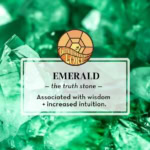
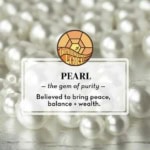

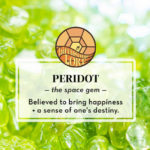
I first came to know turquoise in my teens and continue to acquire pieces. Didn’t know till decades later that I may well have Native lineage through both family lines. Learned a lot reading the article. Tu. PS I regret not buying Ellensburg Blue when I had the chance in 2013. Do you have any for sale?
Hi Sunny, We’re glad to hear you learned a lot from our article. We do have authentic turquoise necklaces available in our online store, located here: buy now. Supply is limited.